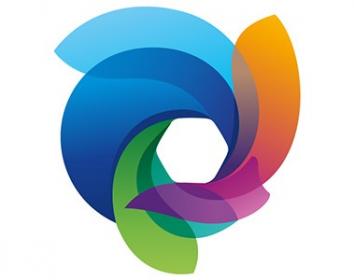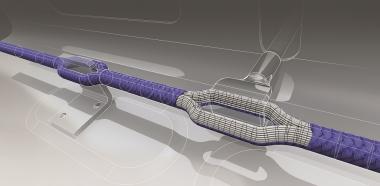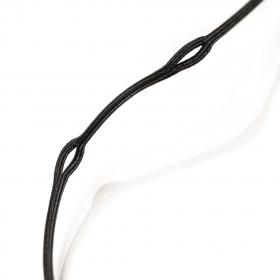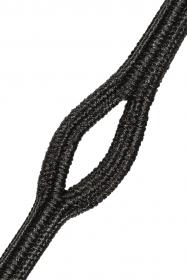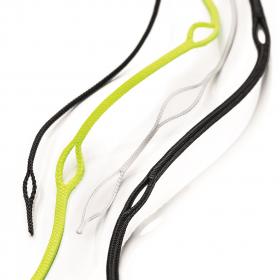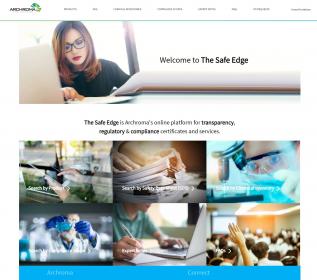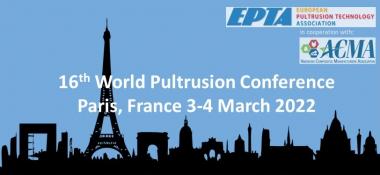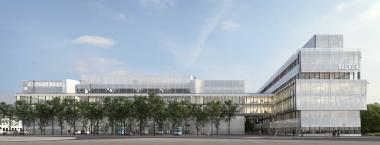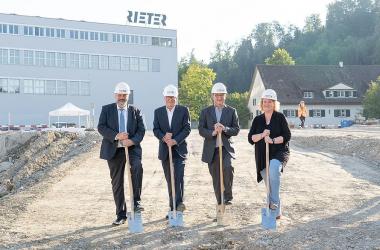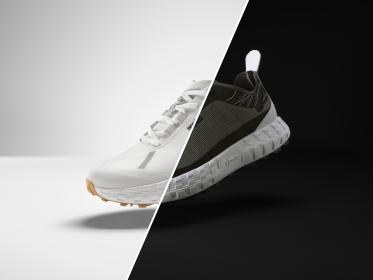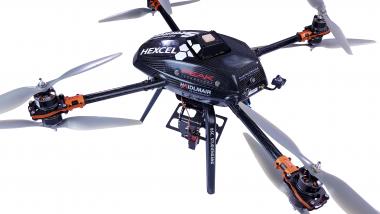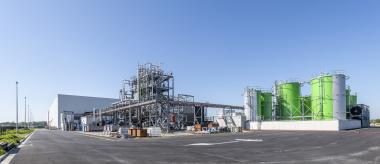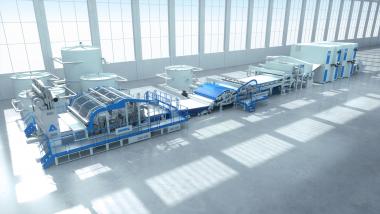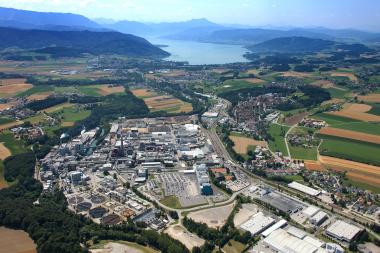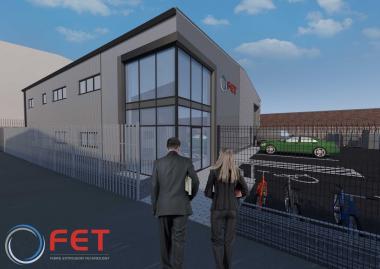Visionary building – with composite textiles by vombaur
- Hightech textiles for future-oriented construction projects
Building shells, bridges, staircases, façades ... construction projects are exposed to enormous mechanical loads. Often there are also considerable climatic or environmental influences. This has prompted the increasing use of fibre-reinforced materials in construction projects. After all, besides many other exciting properties, they offer high mechanical rigidity, low weight and excellent corrosion resistance.
Tapes, tubulars, sections and 3D woven textiles by vombaur form the perfect basis for these innovative building materials. The seamless round or shaped woven narrow textiles made of high-performance fibres are extremely loadable because they have neither seams nor welds – and therefore no undesirable breaking points. Their surface properties are identical over the entire length. In challenging tasks, composite textiles by vombaur offer a lightweight solution that is as reliable as it is durable.
Safe and durable solutions for challenging applications
The potential applications for lightweight components in the construction industry are as numerous as the project ideas of the planning and construction teams.
• Ropes and tensioning elements made of carbon fibre reinforced plastic (CFRP)
• Reinforcement of building structures made of concrete, steel, wood or other materials
• Sustainable restructuring of constructions and urban districts for bridges and buildings
• CFC slats as reinforcements in case of repairs
• (Filled) GRP pipes made of seamless round woven tubes by vombaur as columns/pillars
• CFRP sections as steel girder substitutes
• Hollow profiles with individually designed cross-sections
• Glass fibre reinforced connecting elements for glazing to minimise expansion differences between the connecting element and the glass
• Individual light wells
Implementing visions – with composite textiles by vombaur
As your development partner, vombaur facilitates innovative composites projects for challenging applications. In innovative and safety-sensitive industries such as automotive and aviation, chemical and plant engineering. The composites experts at vombaur develop, create samples of and manufacture woven tapes and seamless round or shaped woven textiles by vombaur – in collaboration with the customer's enterprise development teams and individually for the respective projects. This is how novel and unique lightweight components made of high-performance textiles are created for visionary lightweight construction projects.
"Fibre-reinforced composites are the ideal material for future-oriented construction projects," explains Dr.-Ing. Sven Schöfer, Head of Development and Innovation at vombaur. "Their outstanding technical properties and design possibilities open up new and fascinating perspectives for construction projects. From building construction to civil engineering, from bridge construction to interior design. As an experienced development partner for sophisticated lightweight components, we at vombaur contribute our seamless solutions to these kinds of future-oriented projects."











